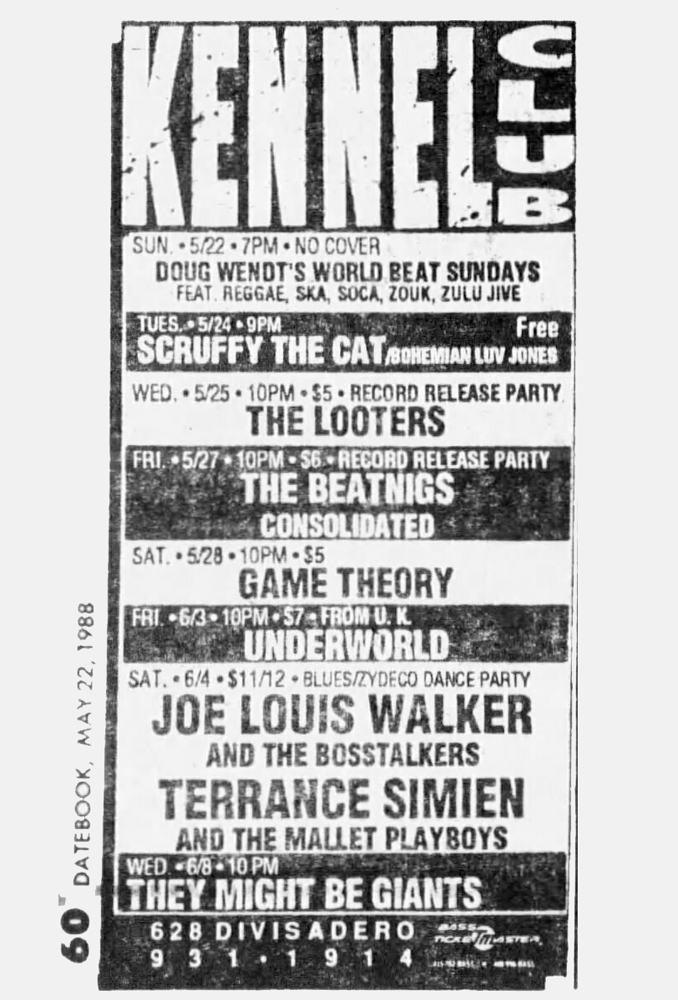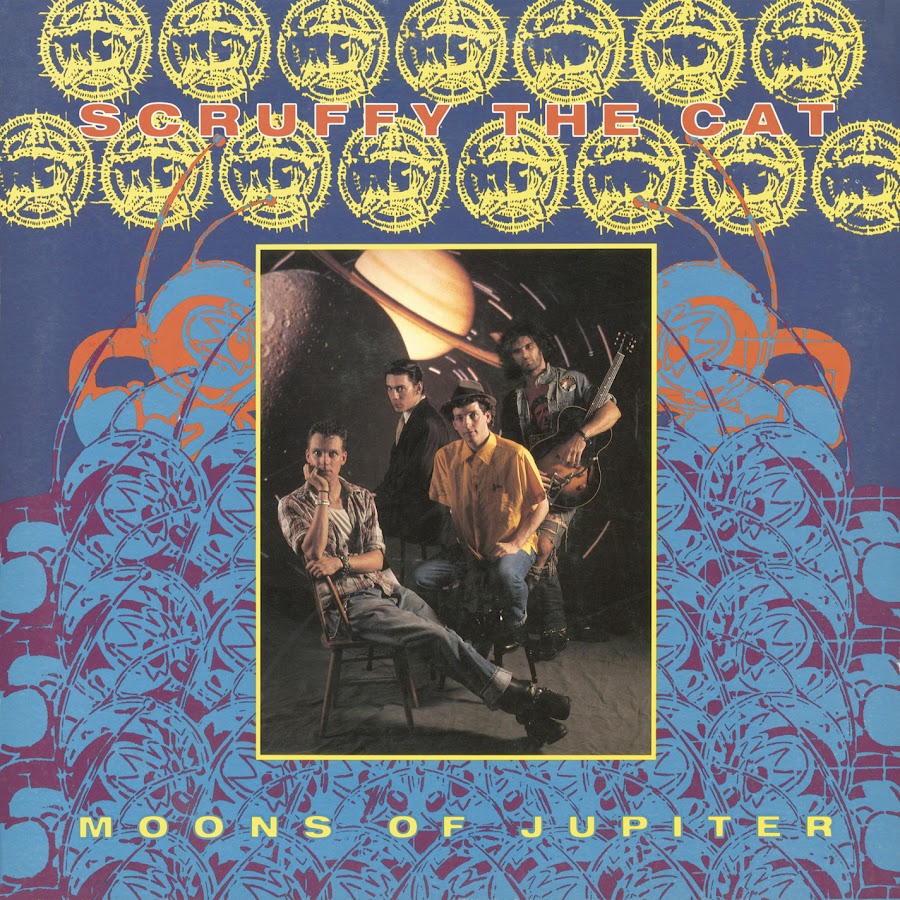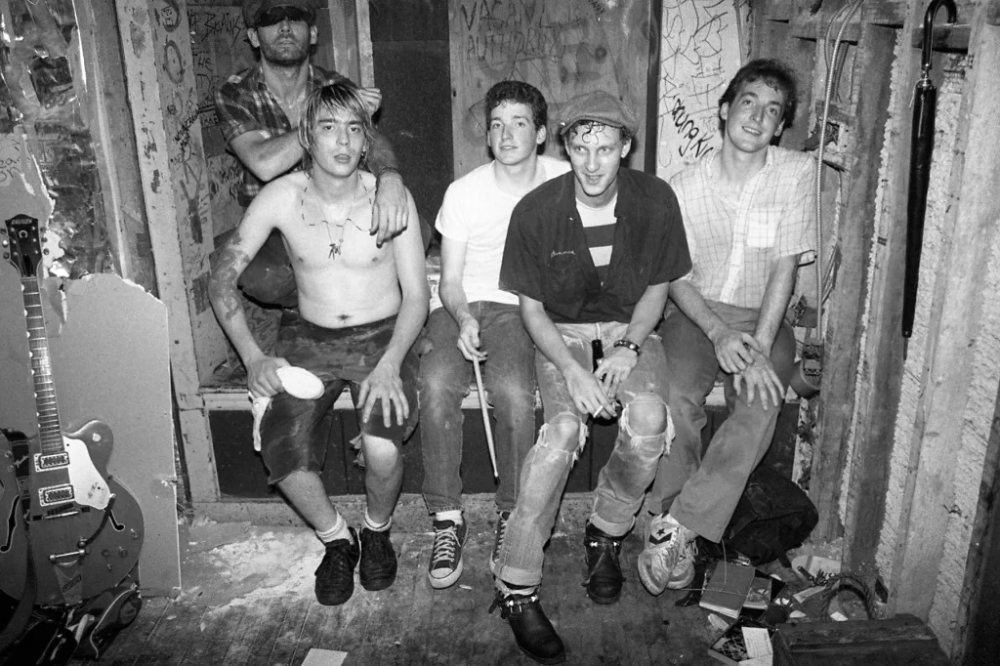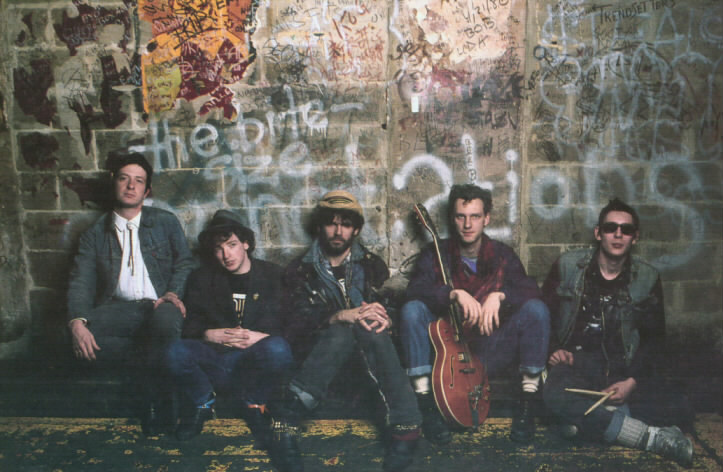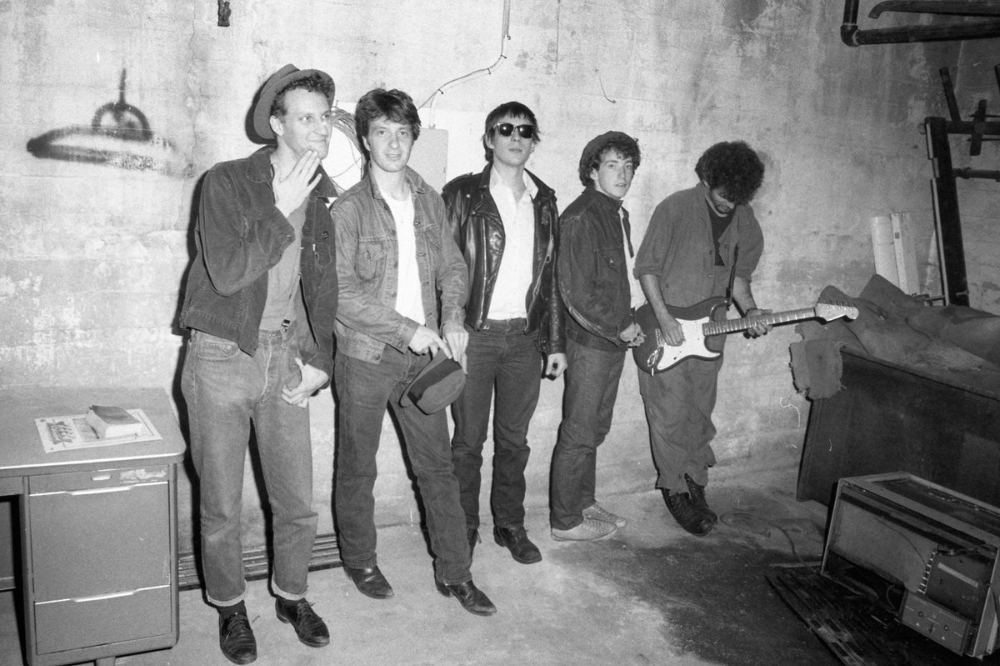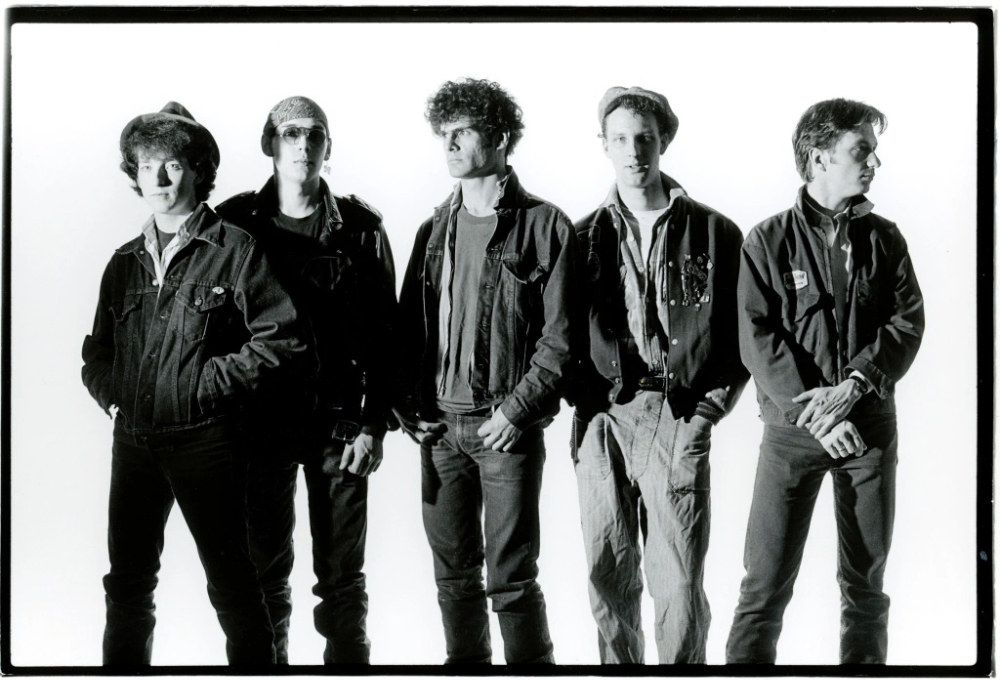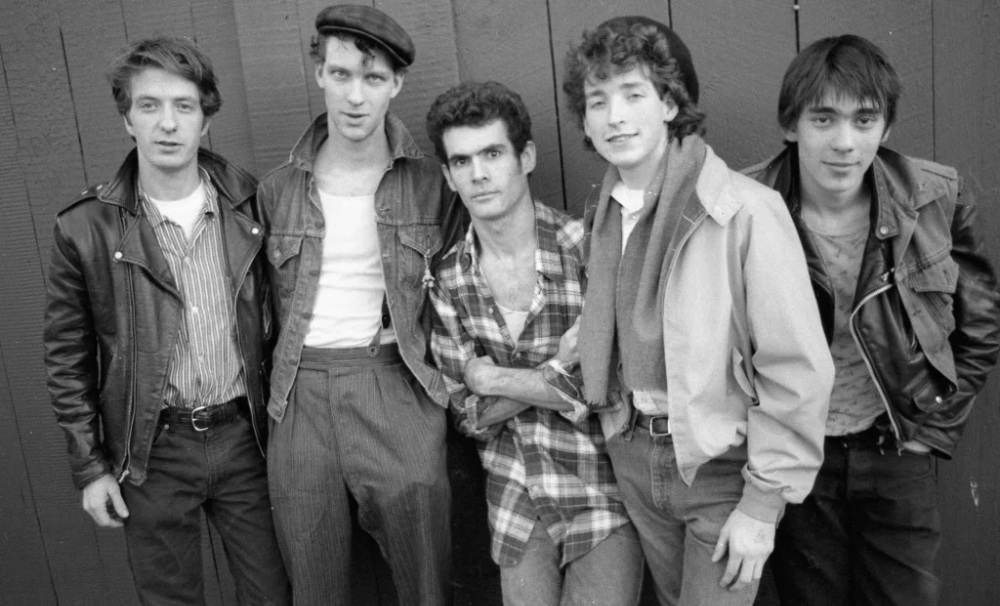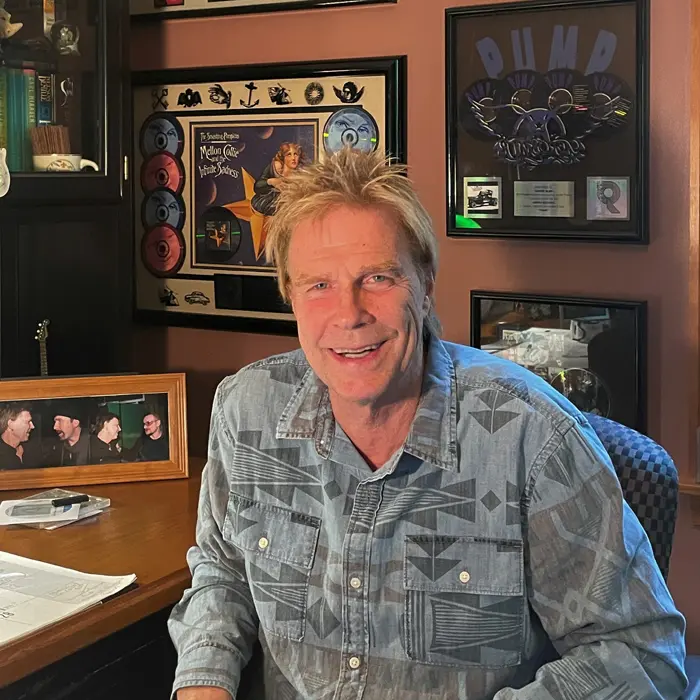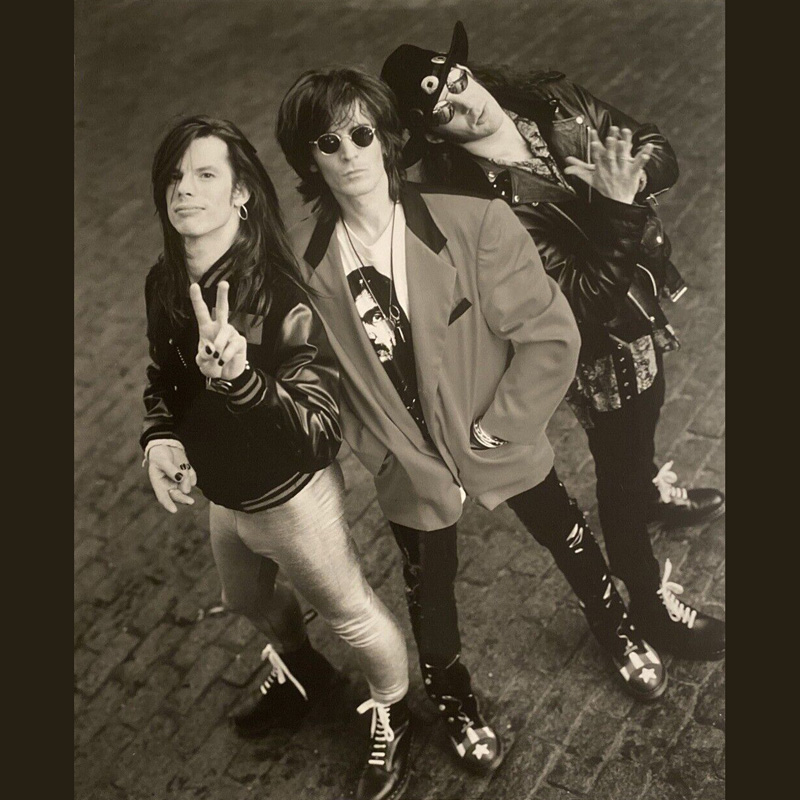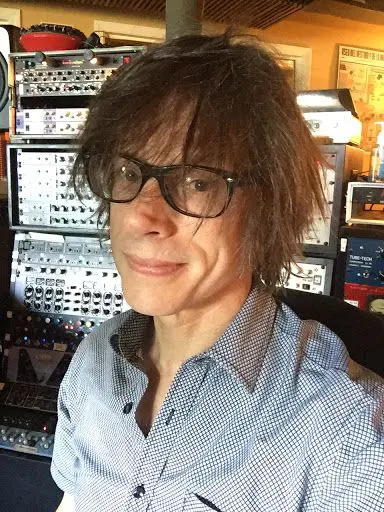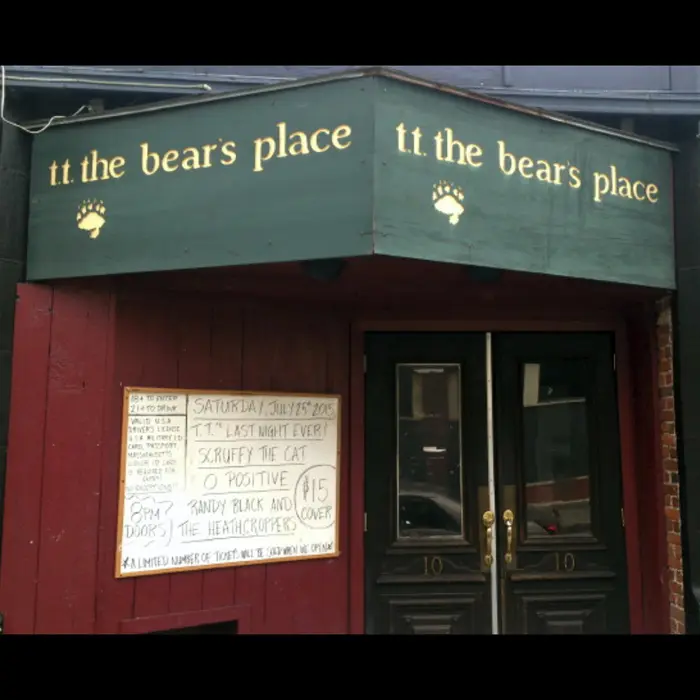Scruffy the Cat
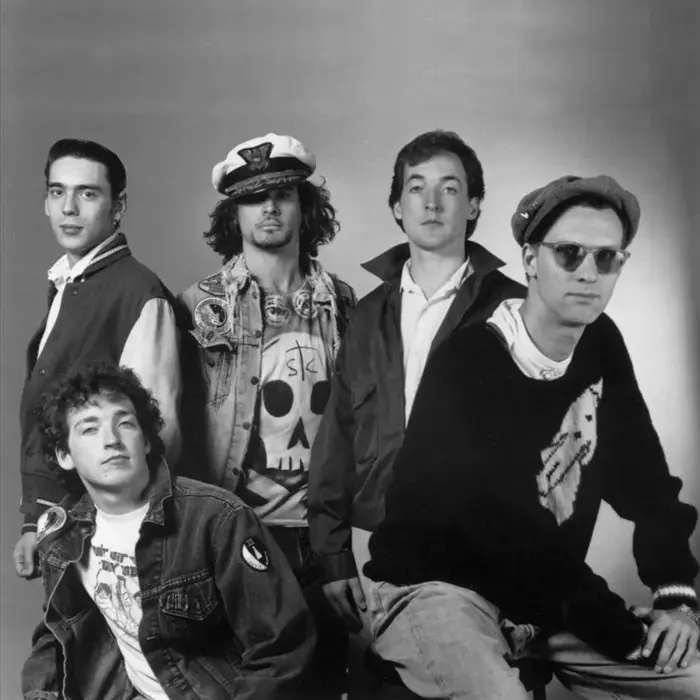
In the mid-1980s, a back-to-basics music movement emerged out of all the synth rhythms, Farfisa-organ squirts and new-wave dreams, which grew to encompass bands from The Long Ryders, The Blasters and The Replacements to Joshua Tree-era U2. Eschewing technology for tradition, Scruffy the Cat deserves a place in New England’s musical history, and arguably the nation’s, for being among the leading proponents of that return to a folk- and country-roots style that led to the ‘90s alt-country scene. Mixing up inspiration from Nashville outlaws like Willie Nelson and Waylon Jennings, early-‘70s Byrds and late-‘70s punk, the band was something that its hungry legion of local fans lived and breathed.
FORMATION, HIGH OCTANE REVIVAL, TINY DAYS
Guitarist-vocalist Charlie Chesterman and bassist Mac Stanfield migrated to New England from Iowa, where their group The Law had enjoyed some notoriety, and dove into the vibrant Boston music scene. In 1983, they joined up with Stephen Fredette (guitar), Stona Fitch (banjo and anything with a keyboard) and Randall Lee Gibson IV (drums) to form a creative dynamo that was soon very much in demand on the local circuit. By late ’85, they’d raised enough fuss and holler to be noticed and signed by premier indie-label Relativity.
Aiming to record its debut, the band entered Euphoria Sound Studios in Revere on a tight budget in 1986 with ex-Neighborhoods guitarist-vocalist David Minehan riding shotgun on production. The resulting EP, High Octane Revival, was a rocked-out, hook-laden hootenanny deftly blending in rich layers of organ, harmonica and guitars that delighted critics and fans alike. That explosive start led to the sessions for Tiny Days, their first full-length album. The 1987 release ended up on the college radio charts, in music polls from coast to coast (including those in The Village Voice to Rolling Stone) and MTV aired videos for some of the album’s songs. Fitch left the band after the disc had been recorded, replaced by keyboardist Burns Stanfield, and Fredette’s brother David began making occasional appearances on guitar.
BOOM BOOM BOOM BINGO, MOONS OF JUPITER
Another EP, Boom Boom Boom Bingo, followed later that year, helmed by Ramones, Motörhead and Smithereens producer Ed Stasium. A half-studio, half-live collection of two new songs and three live remakes (including a cover of Dion’s “Runaway”), its live tracks were recorded at T.T. the Bear’s Place in Cambridge in August ’87. As with the previous releases, the arresting and colorful cover art was conceptualized by guitarist Stephen Fredette. On its swansong release Moons of Jupiter (1988, Relativity), Scruffy members indulged some of their outer space fantasies with elaborate (and expensive) sci-fi-oriented compact disc and album packages that were more fun to open and explore than a box of Cracker Jacks. The group recorded the album in Memphis at the blues-soaked Ardent Studios with former Sun Records producer Jim Dickinson doing the honors; the Tennessee legend infused an R&B warmth to the band’s sound, not unlike adding some whiskey afterglow to a satisfying steak dinner.
After touring into 1990 to support Moons of Jupiter, some band members started looking beyond Scruffy as the group continued to fly below the radar of the mainstream music business. Even though they’d set in motion many of the ripples that would gather momentum and hasten the arrival “Americana,” the lucrative mother hen to hundreds of “roots” bands, Scruffy’s musicians wouldn’t see many dimes for their efforts. Still, without the help of any brute force from the largely ignorant mainstream music industry saddling their efforts, the band created music in the purest sense. With little restriction, they crafted a rock ‘n’ roll rush of righteous joy and energy, their catalog recalling a traditional past while polishing it up for a free-spirited present.
DISBANDING, REUNIONS, TIME NEVER FORGETS: THE ANTHOLOGY (’86-’88)
After Scruffy the Cat called it quits at the onset of the ‘90s, Chesterman began a solo career that furthered the groundbreaking chores of his band and made him a familiar name in cowpunk circles through a steady output of independent and small-label recordings. A 1990 EP under the guise of The Harmony Rockets began things and, after cutting three more solo discs, he fronted a gathering of musicians called Chaz & The Motorbikes from 2000 on. That assemblage produced three LPs including 2005’s Well, My Heart Went Boom!, recorded live in the studio of WMBR-FM in Cambridge. For an introduction or a refresher, a cross-section of Chesterman’s output from 1992 to 2012 is featured in a 20-song collection released in 2013, Solid Gold Electric Chestnut Dispenser.
When Chesterman was diagnosed with cancer in 2011, the boys in Scruffy came together for a handful of reunion shows in Boston, one of which was a benefit for their musical cohort’s medical bills. It was also revealed that Stephen Fredette had faced his own battle (with lymphoma) but that it was in remission. Chesterman lost his battle two years later (in November 2013, at age 53) and in July 2015 the band reunited to play the final show at T.T. the Bear’s Place before it shuttered; David Minehan pinch hit for the beloved missing co-founder. Without Chesterman in the mix, the remaining band members never mounted a serious effort to continuing as Scruffy, but a proper and long-overdue compilation in 2014 from Sony called Time Never Forgets: The Anthology (‘86-‘88) brought much of their music to digital for the first time. Drummer Gibson died unexpectedly in his sleep in January 2022 at age 58.
(by Carter Alan)
Carter Alan is a former WBCN deejay now heard on WZLX-FM in Boston. He’s the author of Outside is America: U2 in the U.S. (Faber & Faber, 1992), U2: The Road to Pop (Faber & Faber, 1997), Radio Free Boston: The Rise and Fall of WBCN (University Press of New England, 2013) and The Decibel Diaries: A Journey Through Rock in 50 Concerts (University of New England Press, 2017).

